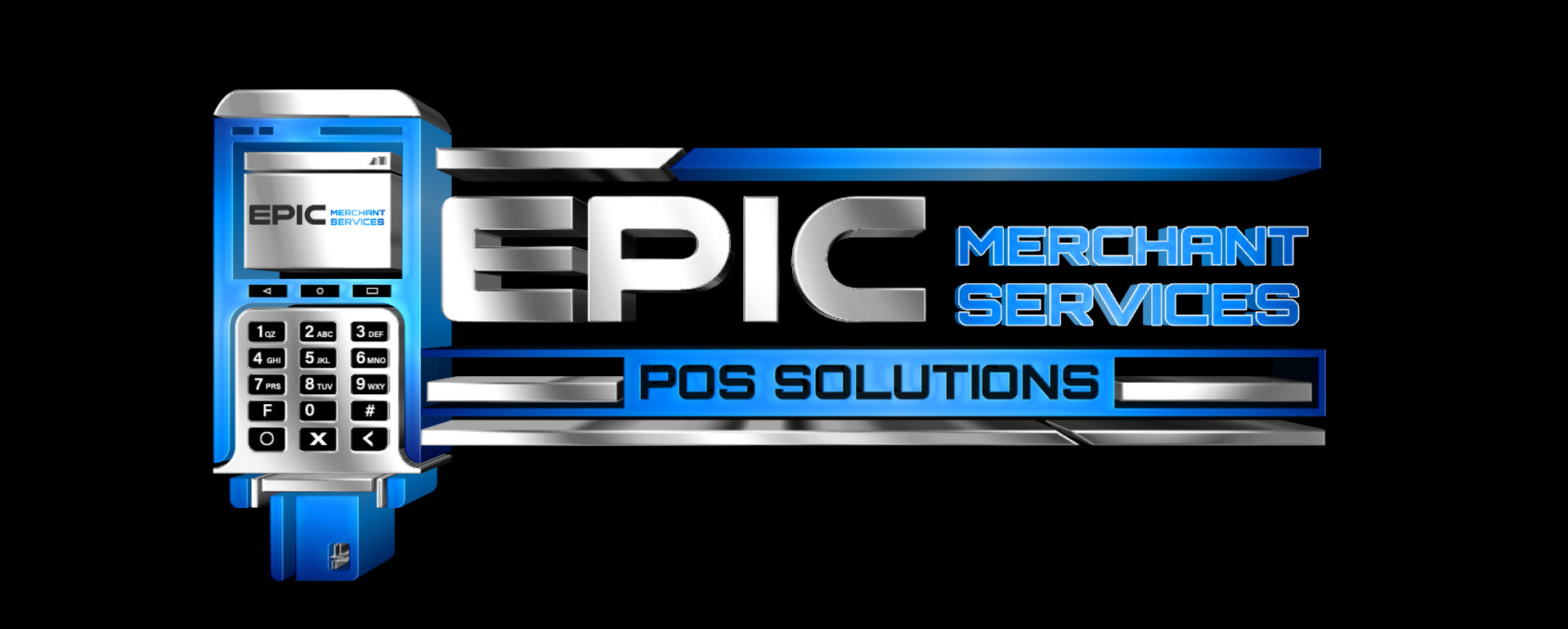Avoiding Chargebacks
A Costly and Unfortunate Fact of Life

Some Insight
Chargebacks are a costly and unfortunate fact of life for many merchants that take credit cards. However, there are ways you can protect yourself against unfair chargebacks.
Chargebacks happen when the customer contacts their credit card issuers to dispute charges. If an issuer finds a dispute to be valid, your merchant account is debited for that credit card charge that had previously cleared — and you’re short the money, plus a chargeback fee from the processor that may range from $15 to $100.
A dispute can be deemed valid for a number of reasons. In some cases, the purchase was made fraudulently by a third party, using the customer’s identity. Customers also may dispute charges if they:
- Never received their product they ordered.
- Feel that the product was misrepresented or lacked quality.
- Mistake in billing.
- Don’t recognize the charge on their credit card statement.
Helpful Tips To Reduce Chargebacks
This list of ways to reduce the risk of chargebacks can help guide the process.
1. Follow Your Merchant Service Providers Protocol
Every credit card processor has its own protocol when it comes to accepting credit cards. For Card Present transactions, in which the card is swiped in person, be sure to check the expiration date and enter the security code on the front or back of the card. For Card Not Present transactions, where the order is over the phone, you may have to capture additional information such as the customer’s IP address, digital signature or social media profiles. Some processors may want additional identity confirmation through services like Verified by Visa or MasterCard SecureCode, which require customers who opt in to enter an extra password to authorize credit or debit card payments online. They may also require you to get proof of delivery when you ship items.
2. Use A Clear Payment Descriptor
Payment descriptor is merchant name and other identifying details that appear on the customer’s credit card statement when they make a purchase from you. If you list a different name than what the customer might recognize like a parent company name instead of your store’s specific brand name, the customer may not remember the purchase. The solution is to be sure your descriptor reflects what the consumer will recognize.
3. Get It In Writing
One of the most important things a merchant can do to protect themself is to require customers to sign a contract that spells out the specific services his or her company will provide. Give them lots of options like returning the signed contract via fax or email, or sign it electronically online or with a fingerprint via a smartphone application. The key is to get the customer’s authorization in writing.
4. Deal With Customer Service Issues Promptly
Your credit card processor will likely offer chargeback notifications so you can find out quickly if a customer is disputing a charge. Take advantage of those notifications so you can address chargebacks promptly. Head off chargebacks with good customer service. If a customer expresses dissatisfaction, get in touch with them quickly to try to solve the issue.

5. Learn To Spot Warning Signs Of Fraud.
- Unusually large orders
- Rush orders
- Unusual use of international cards or international shipping addresses
- Several transactions with same card but different shipping addresses
- Several transactions with different cards to the same address
- Several card attempts different numbers and same IP address
- Ip address from a high risk country or an Ip address whose location doesn’t match shipping or billing address.
6. Train Employees
Train employees thoroughly in how to deal with face to face or card not present transactions. Good training includes teaching them fraud and chargeback prevention techniques, such as looking for suspicious transactions, verifying signatures in card-present transactions, and obtaining signatures on contracts and sales orders when appropriate.
7. Keep Records
Keep accurate records of customers’ credit card transaction dates, amounts and authorization information, in case you need them to fight a chargeback. If you have signed documentation such as receipts or contracts, that helps, too. There’s not much you can do if you have been the victim of a fraudulent purchase, but this paperwork can help you win a dispute against a customer who is unfairly trying to take advantage of the chargeback system or who may have simply forgotten the purchase.
8. Fight Back When It Makes Sense
Each chargeback could cost you an additional fee. Also, if you have a history of chargebacks, it could not only hurt your relationship with your merchant account provider but can prevent you from opening another account down the line. You may not choose to devote the time and resources to fighting every chargeback, but if you think you could win a case, it may be worth pursuing. If it’s too much to do on your own, consider hiring a chargeback management firm to help you, but weigh the cost of these firms against what you could reasonably do on your own.

